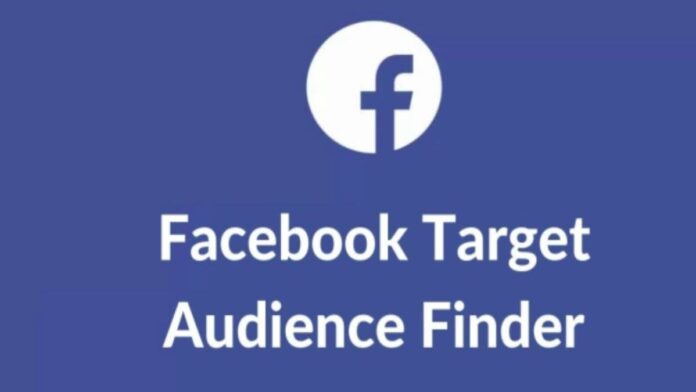Beginner’s Guide to Facebook Analytics. The beginner s guide to Facebook Analytics was first published on HostGator’s blog. A great deal has changed since then though. Today, Facebook is among the most significant online marketing channel you’ve got. While it still has its limitations as far as converting traffic into sales is concerned, there are countless advantages you can gain if you learn how to tap into this powerful social media outlet.
Let’s get started with the beginner’s guide to Facebook analytics. Facebook is all about content marketing and reaching out to your audience. So how exactly do you engage and reach out to your customers? You can use Facebook’s in-built content marketing strategy or you can devise a more interactive content marketing strategy of your own. However, the easiest way to engage your audience on Facebook is by way of actions.
One of the great things about Facebook’s in-built social media platform is that it lets you know what your audience is actually doing when engaging with you through content posted on your wall or going through your feed. In order to get an accurate idea of how effective your social media efforts are, you need to keep track of your page likes, shares, and comments. This is the data that will tell you what your audience is actually doing when they’re engaging with your content.
In order to get a clear picture of how effective your content marketing is, you need to measure the number of times your audience engages with your posts. This is one part of your Facebook analytics that most companies miss. While it’s important to measure your reach because it tells you what pages your content is actually reaching, it’s also just as important to see how many times your posts are actually creating engagement. Facebook offers two different ways to track this: a custom report and a daily report. With the daily report, you’ll get a detailed snapshot of all of your posts on a particular day. If you’re wondering what you should focus on with this report, focus on the likes, shares, and comments.
If you want to understand how well your page likes, shares, and comments are interacting with one another, you need to check the Inbound Links report. Facebook calls this the “Inbound Links Over Time” and it’s the number that shows up on your search engine stats. The more links that appear from various sites (inbound links) and then spread out over time, the more social media influence your page has. The more influence, the better. This is why you want to pay close attention to the page likes, shares, and comments that appear in these reports.
The “Like” section of your profile allows you to put up a simple button that lets other people instantly like your page. But what if someone you don’t know decides to like your page? It doesn’t really matter what they like; what matters is that the activity made their account active. You can see this activity in the Daily Report section of your Facebook Analytics account.
If you aren’t sure about where to place your ads or sign up buttons, take a look at the “Advertising and Promotion” section. This area lets you specify where you want to place your branding and marketing materials. Facebook also lets you specify what types of content you’d like to see in this section (images, videos, etc). These are all areas you will need to research in order to get the best results. Just remember that the more content you create, the more you are building brand recognition.
So there you have it. Hopefully you’ve learned a few new tricks to help you optimize your Facebook profile. As always, be sure to read the terms of service for Facebook, and use their Privacy controls to make sure your information stays safe. Have fun, and be sure to check back often for more tips and suggestions!











